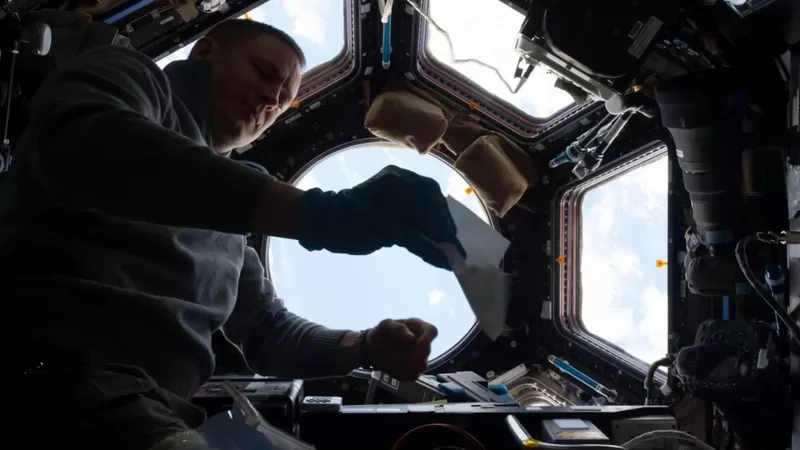Mars microbes live for millions of years in the interior of the planet

Deinococcus radiodurans, also known as "Bacteria Conan," can withstand huge doses of radiation (Michael Daly - Organized Services University of the Health Sciences)
The resilience of terrestrial microbes in Martian environments means that Martian life forms can always survive on the 'Red Planet' - and that humans should take care not to contaminate Mars with bacteria from Earth
Some microscopic organisms have been shown to survive in the harsh climate of Mars for hundreds of millions of years, according to new research, in a discovery that may have implications for the search for living forms on the "Red Planet".

A team of researchers from across the United States and Slovenia, including Northwest University chemistry professor Brian Hoffman, created a Martian environment with cold temperatures, dry weather and high levels of radiation exposure, and found that certain strains of bacteria survived . floor for longer than expected. This discovery indicates that any ancient Martian microbes, if they existed at earlier times, lived under the soil of Mars, and that humans should be very careful not to pollute the planet with terrestrial microbes.
On Tuesday, the journal Astrobiology published a paper detailing the scientists' findings.
In a statement, Dr. Hoffman said that he and his colleagues have "concluded that terrestrial contamination on Mars will remain there permanently - over thousands of years. As a result, the scientific effort to search for life on Mars will become more complex." If microbes evolved on Mars, they could survive to this day, because bringing samples from Mars might contaminate Earth."

And Mars as we know it today is very dry and very cold, with average surface temperatures of about -80 degrees Fahrenheit, and it is even colder at the poles of the planet. Since it lacks a magnetic field unlike Earth, Mars is also bombarded with radiation from both the sun and the larger universe.
According to Dr. Hoffman, "Since the Martian atmosphere does not contain flowing water or a large amount of water, the cells and spores will dry out there. It is also known that the surface temperature of Mars is almost like dry ice, so it must be very frozen."
So, in a laboratory, he and his colleagues created conditions similar to the environment on Earth, exposing six species of terrestrial bacteria and fungi to gamma rays [electromagnetic radiation more energetic than X-rays and produced by nuclear reactions that often occur in space and in nuclear reactions and nuclear reactors] and proton radiation.

One bacterial strain, Deinococcus radiodurans ("terrible radiation-resistant organism"), deserves its nickname "Conan the Bacterium" because of its tough nature. Researchers found that these bacteria, when buried under the equivalent of Martian soil, are capable of absorbing a dose of radiation equal to 28,000 times the lethal dose for humans. The researchers estimate that it can live for 1.5 million years at a depth of only 10 centimeters below the surface of the Red Planet, and that its age will exceed up to 280 million years when buried at a depth of 10 meters below the surface.
If similar bacteria evolved on Mars, scientists don't expect them to have survived in the 2 to 2.5 billion years since water flowed freely on Mars, says Michael Daly, a professor of pathology at the Organized Services University of the Health Sciences in Bethesda, Maryland. And the supervisor of the study, but the periodic impacts of meteorites may have led to the melting of enough water from time to time to provide spots of water for these microorganisms over time.
"They hypothesize that periodic thawing may allow intermittent re-colonization and dispersal. This raises the possibility that if life forms did develop on Mars, future missions will monitor them," said Dr. Daly.
It remains that missions such as the "Mars Sample Fetch", which will return samples of Martian soil taken by the US space agency's Perseverance rover, will find their way to Earth in the early 2030s.
Source : websites

